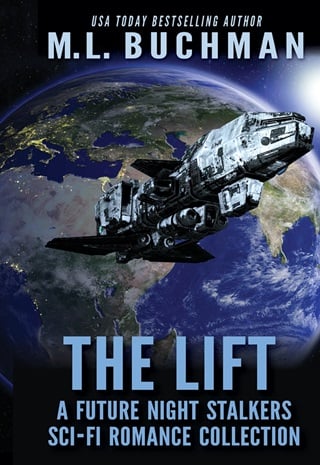Chapter 2
Sterling’s attentionwas often stretched to the limits by the number of details to track. The data of every ship in the English and Canmerican fleet was his to watch over. Assignments, upgrades, losses…the losses were particularly difficult to integrate. As the political and later the remaining habitable regions of Earth had crumbled, assets had been focused heavily on military investment. But that was now in the past—at least most of it.
Australia and New Zealand had retreated behind their impenetrable shield to never be heard from again. India’s new beam weapon had made the rest of the Eastern Hemisphere out of reach from space as they burned anything that crossed their horizon. Their paranoia had cleared much of the satellite debris that had so blocked up low-Earth orbit, taking out a great deal of highly useful weather control systems and only a few spy platforms. The resultant storms raging across the already raised sea levels had caused India horrendous damage, but any offer to help was answered by a highly destructive beam of light that could reach all the way out to lunar orbit when they were particularly irritated. The energy expenditure from that process created storms of its own—their one big attack had created a cyclone which had driven the sea inland to Delhi—so they didn’t use it very often.
The situation had finally stabilized and all the remaining United English Block manufacturing had shifted over to survival mode. The military was still needed, as space was far more difficult to control and police than Earth ever was—and humans were no more rational in space than they had been on the ground—but assets were focused on habitat construction and replacement after the debacle with the French.
Even after a full year the loss of the Jess still hadn’t been compensated for in the ranks.
Sterling pulled up a new assignment; a nasty cluster of anarchists were shepherding an asteroid out of the belt, a big one. It wouldn’t be a planet breaker, but it would be bad news for anyone within a thousand klicks of impact. He’d noted the orbital geometry was aimed at either Earth or the Moon: target unknown, but not good either way.
Sterling had kicked it up to CENTCOM and Central Command had kicked it back down marked, “Authorized for Immediate Action.”
Sterling dropped it into the queue, but slapped on a hold the moment before it was issued as orders to action. The anarchists were a nasty group, suspected to be heavily armed. He’d expected the system to auto-assign his very best ship, but the orders weren’t cut for the Stella team.
Curious, he pulled up her performance profiles. They’d plummeted after the loss of Jess, significantly harder than projections—another detail he had overlooked.
He’d authorized Captain Takara Olmsted’s request for transfer to join Major Rick Coralto in the 160th”s Alpha Company two years ago. They’d teamed up in the most personal of ways after rescuing the final troops holding the Canmerica West capital of Tucson. And all performance curves had pointed to the incredible success of that reassignment. Opportunity modeling had been created and social events between Stinger captains had been organized and well attended in hopes of building more teams like Olmsted’s and Coralto’s. Sterling checked the results of new Captain-Captain liaisons, but could identify little effect on mission success ratios as had been demonstrated by Takara and Rick.
What if there was another reason?
Every ship needed a savvy commander and crew to achieve peak efficiency. Since the loss of Coralto and the Jess, Captain Takara Olmsted’s records were showing an improving recovery after a predictable period of mourning. But the Stella’s team results were not.
What if…?
Sterling recut the auto-generated orders to assign the Stella to the asteroid hunting mission. At the end of the message, he did something he’d never done before: he embedded a private message direct to the Stella.
When it didn’t bounce back as “non-deliverable as addressed” he did his best to focus on other projects to distract himself.
 Fullepub
Fullepub 



